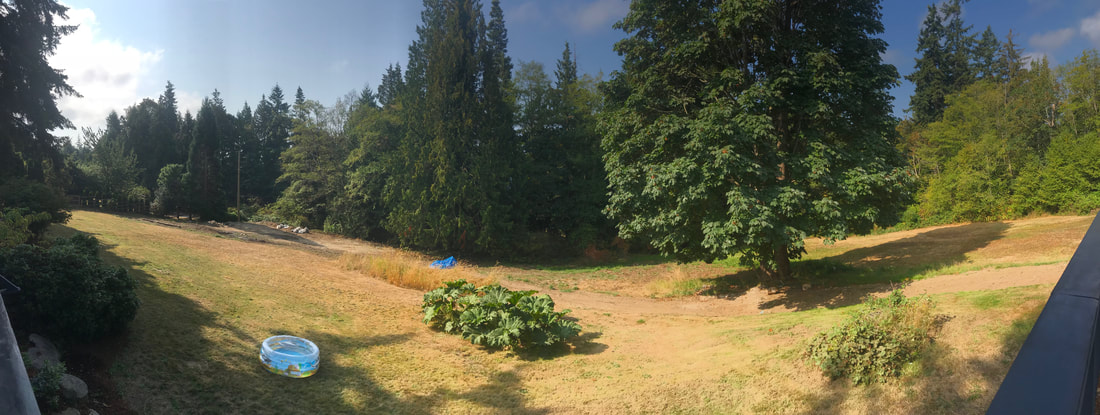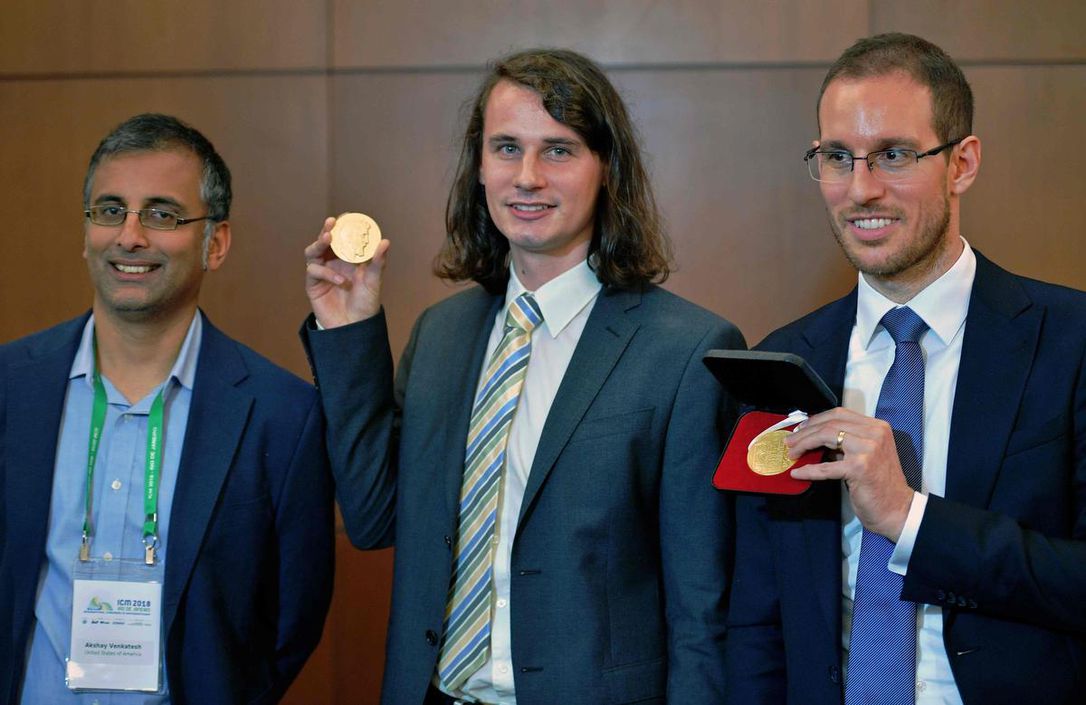Of course, Ms Dudra has now started her (well-deserved) retirement. It's hard to even imagine King George Secondary without her. When I first started at KG, many of the students referred to her as "mom". This always struck me as a great nickname for her. She is the loving, knowledgable, no-nonsense matriarch who keeps ALL of us on the right path and out of trouble.
So many times at staff meetings, someone will have a bright idea: "why don't we just divert funds from a flex account to make up the amount owing?". Everyone will nod happily, thinking a solution has been found. Then Ms Dudra will speak up: "I'd like to remind everyone that Flex money can not be used to cover expenses of this sort". She is literally the ONLY person who seems to know some of this stuff. What will we do without her to set us straight!?!
Two of my (joking) WORST moments at KG involve Ms Dudra. A bunch of years ago, the staff did a "Hell's Kitchen" sort of social event. We were broken up into teams and given a few mandatory ingredients and challenged to come up with the tastiest meal possible. I was on Ms Dudra's team (along with the principal at the time). I remember thinking: "how can we NOT win? We have the Foods teacher on our team plus our Italian food-loving principal. Plus me (hehehe)". Can't remember what we made but I do remember it tasted DELICIOUS!! And out presentation was top-notch. So the result...
Mr Warrington's team won. MR WARRINGTON!!! If you see Ms Dudra around some time ask her about it. The injustice of the event still gets her all worked up. Pretty funny!
The second (even more shameful) event: a few years ago the staff did a scavenger hunt around Stanley Park. One of the questions was just a flat-out Math question. I can't remember exactly but there was a triangle drawn inside a circle and we had to find the length of one side. Again, Ms Dudra and I were teammates (with Ms Lin) and - again - we were chuckling to ourselves: "This will be a cinch. We have a Math teacher (me), a former Math teacher (Ms Dudra... did you know!), and someone who took Calculus at university".
Long story short: it took us FOREVER to solve the question. We made it WAAAAAY harder than we had to. We were using trigonometry, similar triangles, proportions. Meanwhile, some other groups just looked at the picture and decided "well it looks about twice as long as the radius"... and got it right!! They basically guessed while we bumbled around for 20 minutes. (incidentally, other people solved the problem easily and correctly in mere moments by using a MUCH more elegant solution than us). EMBARRASSING!!
My FONDEST memory of Ms Dudra, however, is the time that we spent together during the knitting club. It was a small club and most of the members already knew how to knit (I may have been the only person who do not). This afforded us the opportunity to spend lots of time chatting together (I believe this is called a "stitch and bitch" in the handwork world). We would talk about our students (how much we love you all, obviously), our children (especially what horrible sleepers they were as babies), classic rock (Ms Dudra LOVES rock n' roll!), and life at King George. It was such a wonderful way to end the week (knitting club was Friday afternoons). Ms Dudra is a warm, funny, intelligent, and interesting lady... a pleasure to spend time with.
Thanks, Ms Dudra, for everything that you have done for us at King George over your many years here. You have made a big difference with so many people... I consider myself one such person. Here is wishing you a wonderful and relaxing retirement. Kick back, have fun, and rock on!! Love you, CD!!


















 RSS Feed
RSS Feed